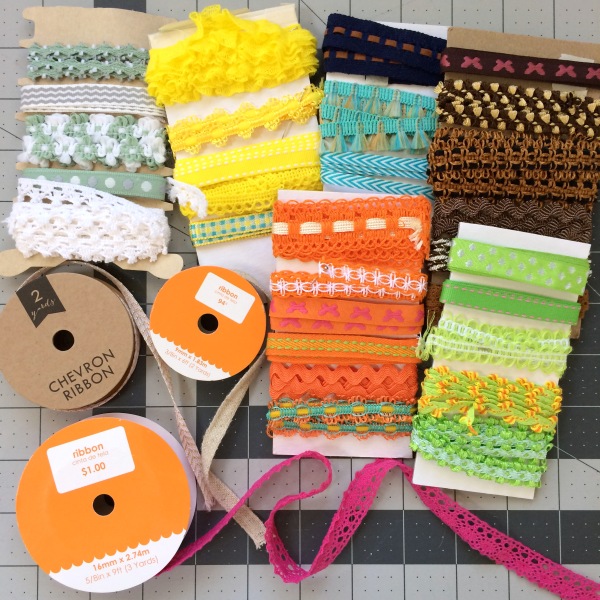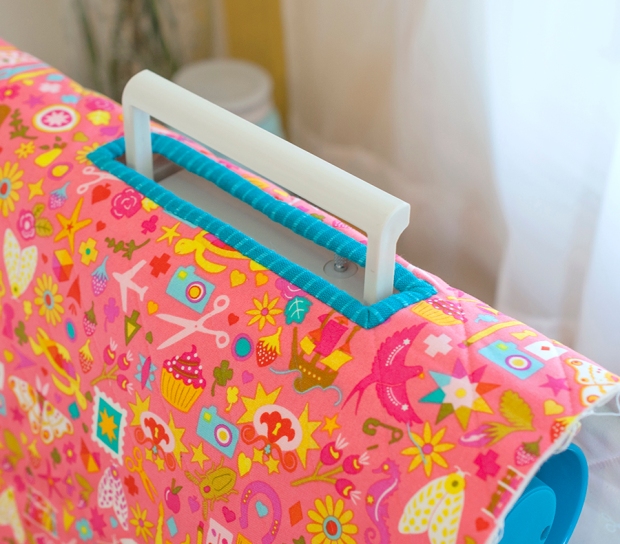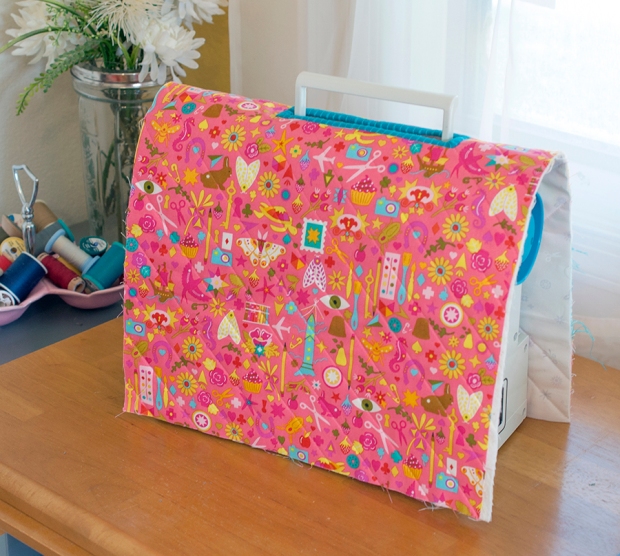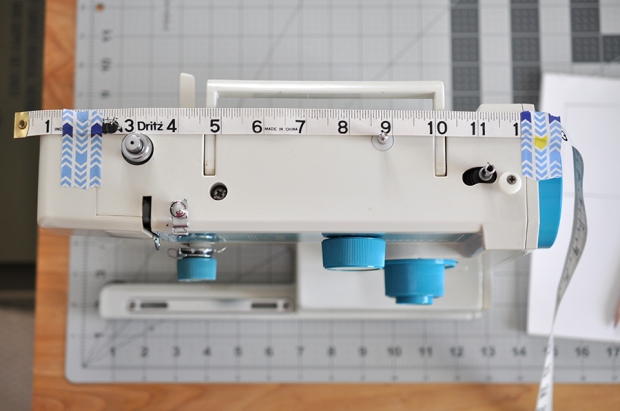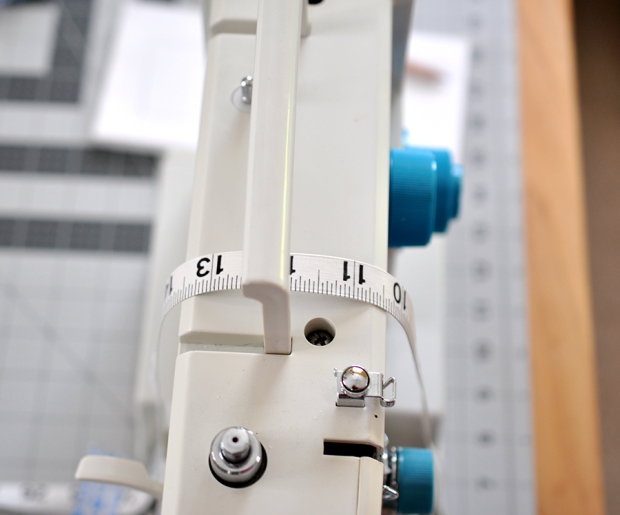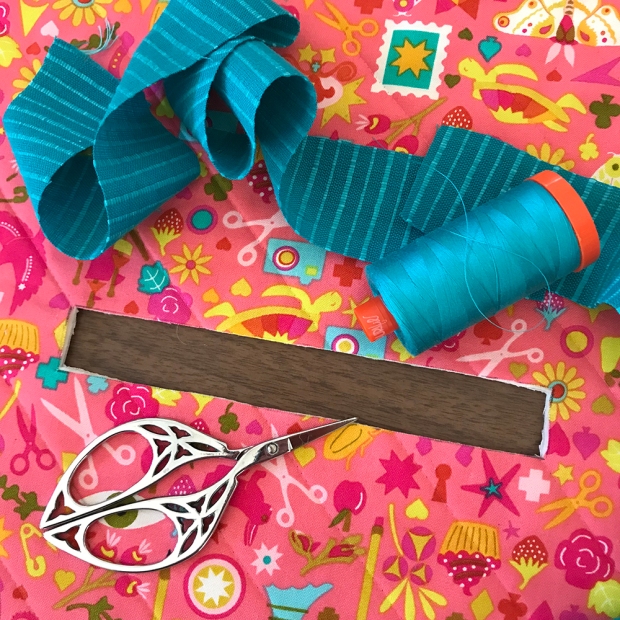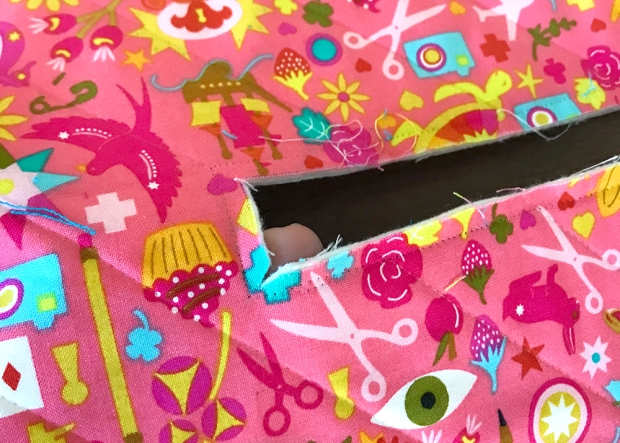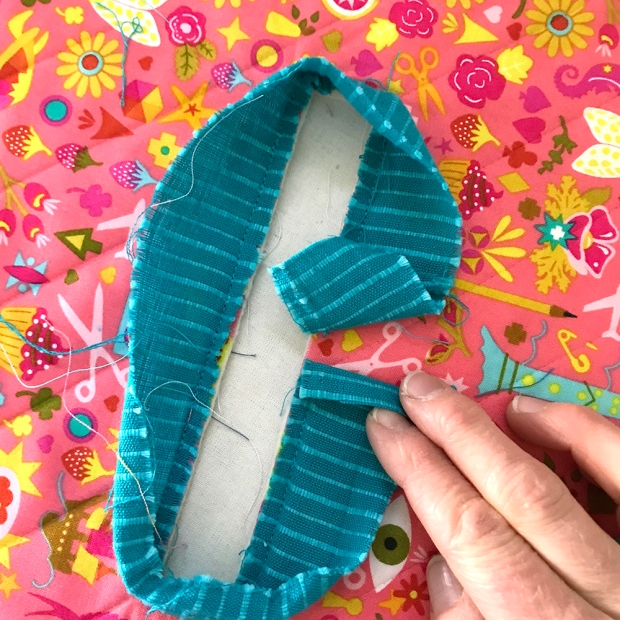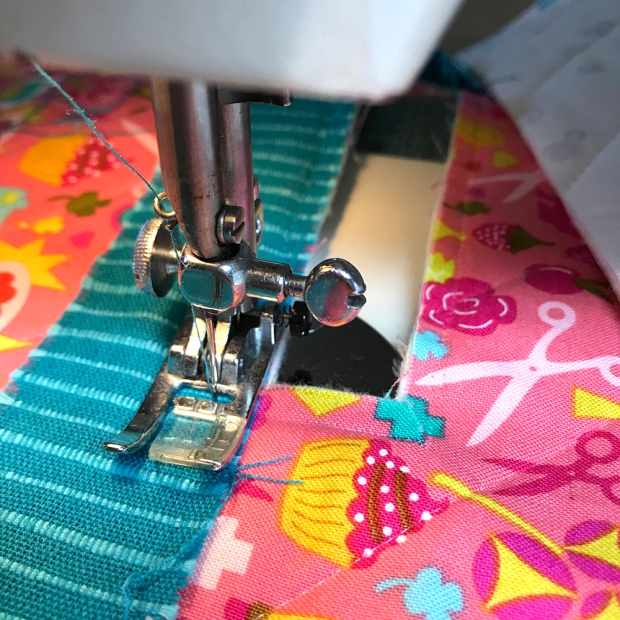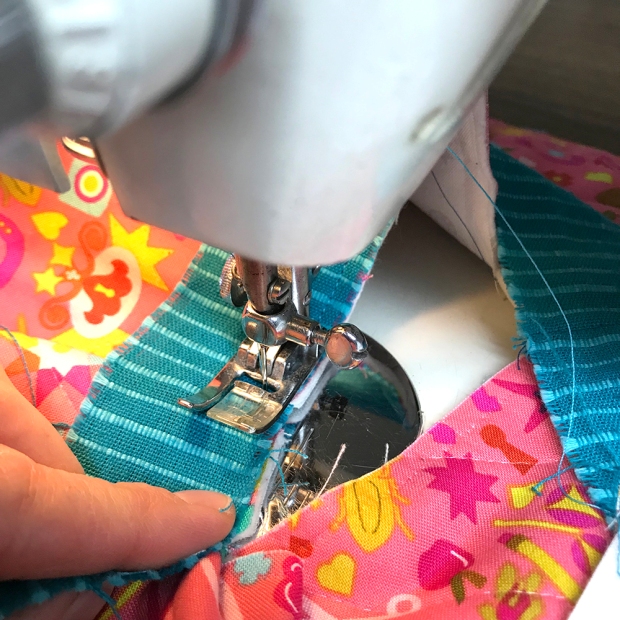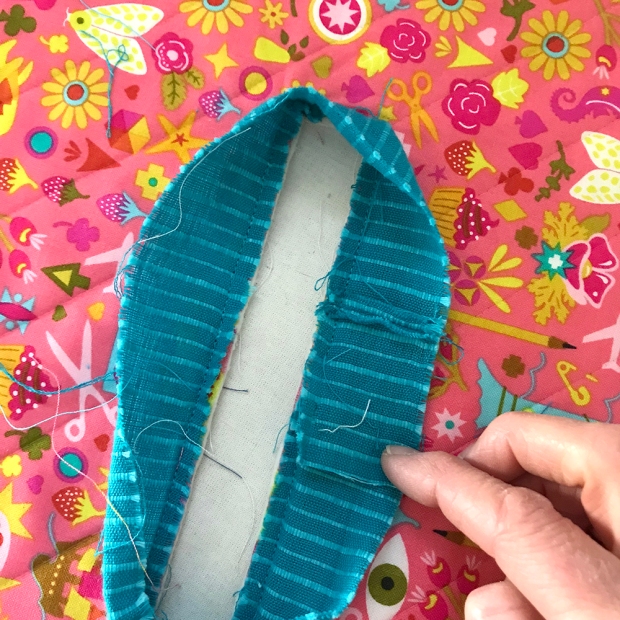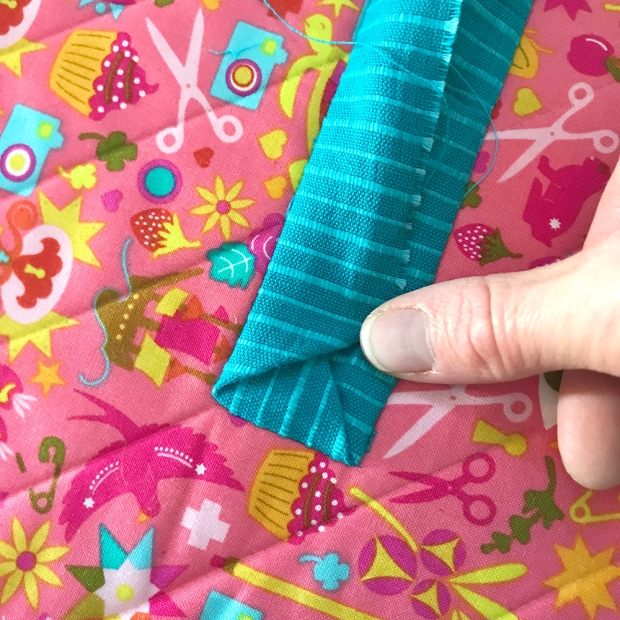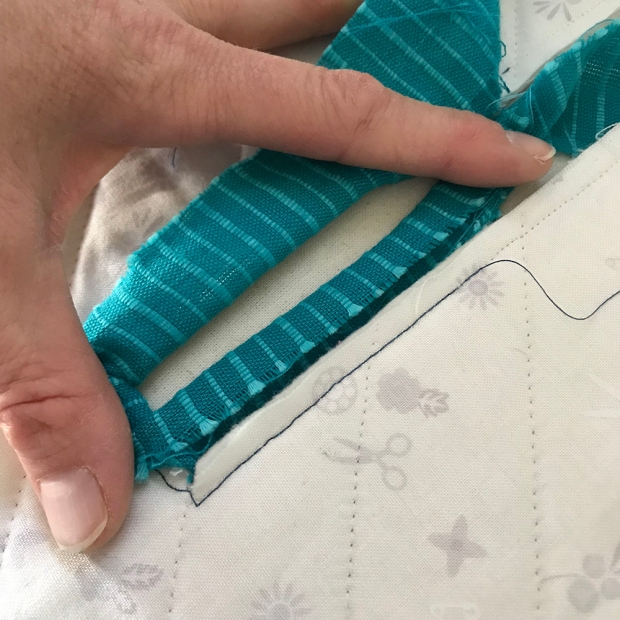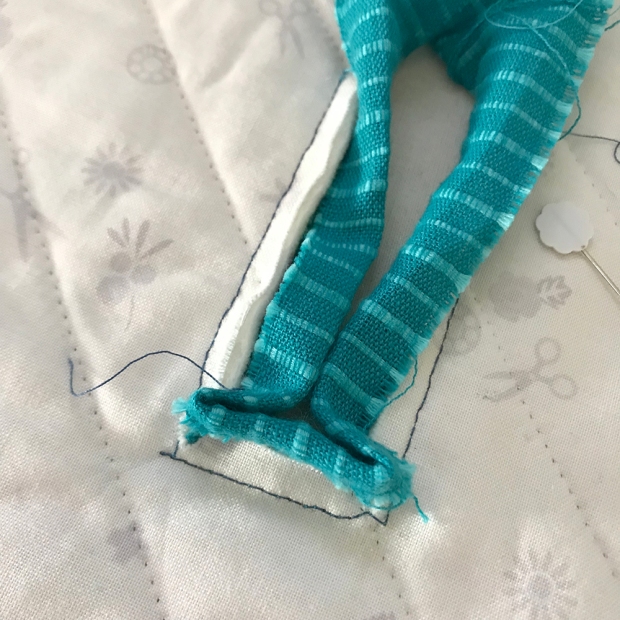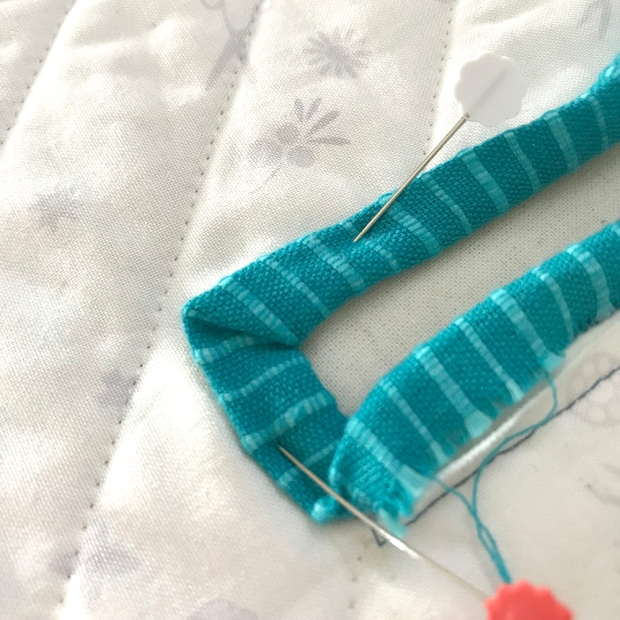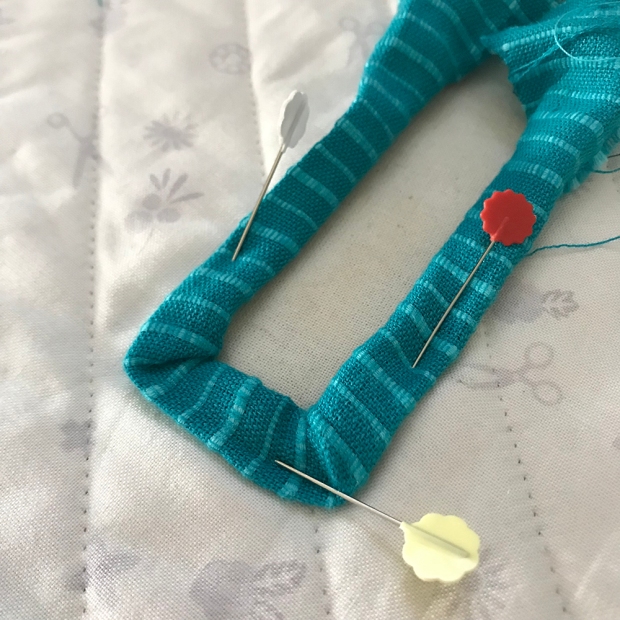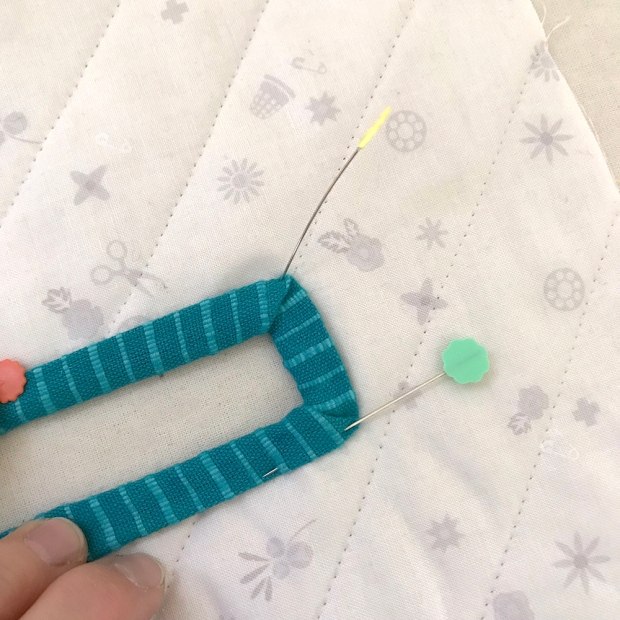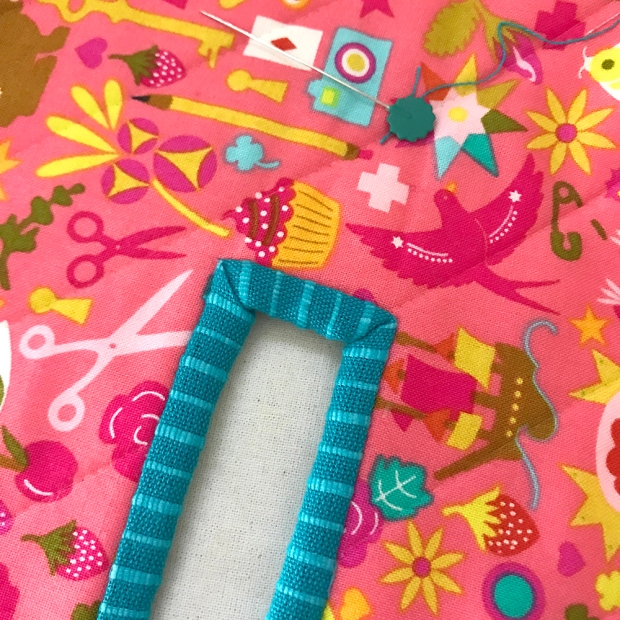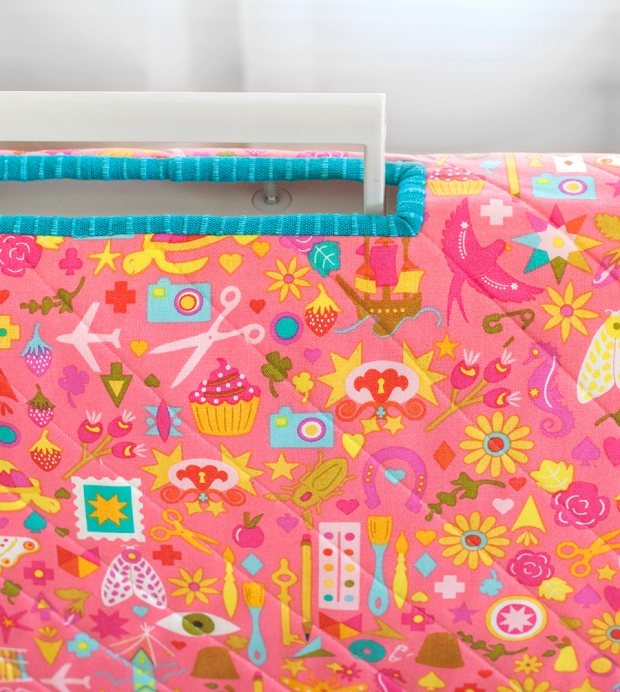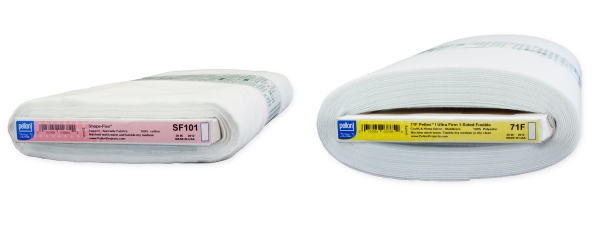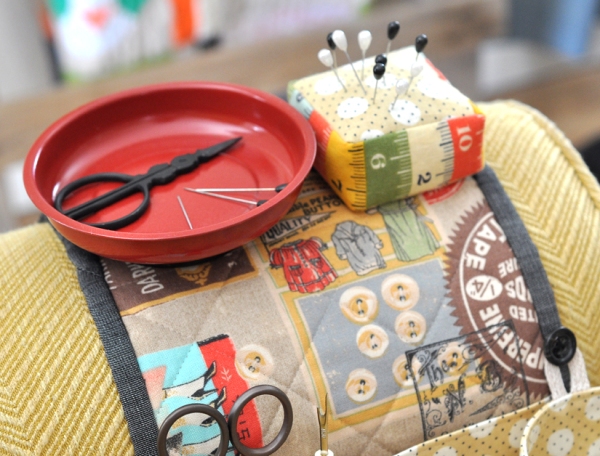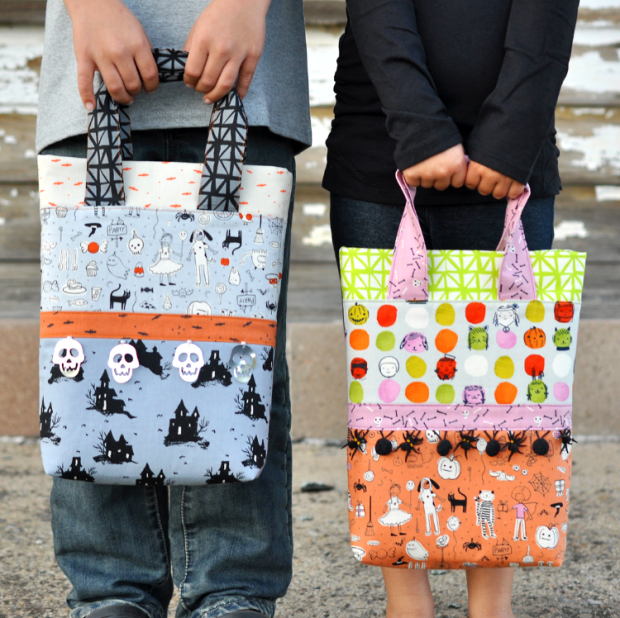It’s time for the Midnight Bite Sew Along 2020! The sew along (SAL) will begin on October 9 and run through Halloween. Please read through this entire post carefully as everything you need to know is included – how to participate, what to expect, where to direct questions and more.
You can find the Midnight Bite bat pattern and Wicked Weaver spider pattern in my Etsy shop here. Both patterns include three blocks sizes from 8” to 24” so there are endless possibilities with what you can create using them! Throughout this post you will see a few variations of the blocks, as well as some finished projects made with them including the Midnight Bite Treat Bag and an improv wonky log cabin pillow.
Whether you’re a sew along fanatic or have never participated in one before, I hope you’ll join in! A sew along is essentially just what the name implies, a group of people sewing through a specific pattern “together” virtually over a set time period. Sometimes a SAL is very structured with a set schedule and specific prompts for sharing your work on social media etc, and sometimes a SAL is very loose with nothing shared along the way but what others choose to share as they work their own project. Sew alongs are typically most active on social media, such as Instagram and Facebook, where people share photos of their progress using specified hashtags so everyone participating can view each other’s work, answer questions, share tips & inspiration and more. The best part about a sew along is that it often gives someone the motivation to start or stick with a project and it’s also a fabulous opportunity to learn new skills and make new friends!
This is not a live event or class, all information will be sent via the email newsletter list (sign up below!) on scheduled days with links to blog posts found here. The posts will include pattern tips, tutorial links and videos to help you through your project. You are welcome to work ahead at any time or you can follow the schedule. Between posts, everyone works at their own pace and shares their progress on Instagram and in the Sew Along Facebook Group. If you’re not on social media, that’s ok! You can still view others posts and email me photos of your work.
For this SAL, I will not be sharing a complete step-by-step how-to on foundation paper piecing (we’ll do that in the Spring!), but I will share a variety of tutorials for those who are new to FPP. I will, however, be sharing tips and videos on how I prepare my pattern, cut my fabric (including fussy cuts and directional fabric), join sections with accuracy, and more, and I think many of these tips and tricks will be new and helpful to even experienced paper piecers! Below you will find more information on option tools and materials for this project.
Throughout the sew along, I ask that you direct any questions you may have to the Sew Along Facebook group rather than emailing or contacting me through social media. I will be checking these things, but chances are someone has already asked the same question and you will get a much faster response than I can provide! The FB group also has a search feature, so it’s easy to look for answers. I will be taking a cross country road trip during this sew long (crazy, I know!), so I will have limited internet access.
· · · · · · · · · · · · · · · · · · · · · · · ·
SEW ALONG SIGN UP
I have created an email newsletter sign-up as an easy to communicate with everyone participating in the sew along. Emails will only be sent during the sew along and the list will be deleted after it’s over. Please click here to join in! Be sure that you see the confirmation after joining and then look for a welcome email. If you do not see it, please check your junk/spam folders and if you still don’t receive it, please try signing up again.
· · · · · · · · · · · · · · · · · · · · · · · ·
SEW ALONG SCHEDULE
There aren’t too many steps in the process of foundation paper piecing, but I will cover pattern and fabric prep, general piecing and finally joining on sections. I will move quickly through the schedule for those who work fast, but there’s plenty of time during the sew along to work on your block, so don’t worry!
October 9: Pattern prep and cutting fabric. I will share helpful tips, my favorite tools, and a few videos on how I do this. There may be some surprises and helpful information for even experienced paper piecers, so I suggest you wait for this post to begin!
October 12: Begin piecing sections. I will share a variety of foundation paper piecing tutorials showing different methods and talk about what I prefer. I will also discuss trimming sections in preparation for the next step of joining them.
October 19: Joining sections. I will share videos and tips on how I join my sections with perfect accuracy and talk about ways to use your block in projects.
October 26: Final post and time to begin sharing finished blocks!
· · · · · · · · · · · · · · · · · · · · · · · ·
· · · · · · · · · · · · · · · · · · · · · · · ·
tools and materials
Though it’s not necessary, I use an Add-A-Quarter 12″ ruler for foundation paper piecing and will be using that in my demonstrations and tutorials. I also print my pattern on newsprint or foundation paper and this is what I recommend using if you’d like to pick some up. I will talk more about the benefits in the first blog post.
· · · · · · · · · · · · · · · · · · · · · · · ·
Until we kick things off on October 9, you can check out the #midnightbitepattern and #wickedweaverpattern hashtags on Instagram to get your creative juices flowing! You can start pulling fabric and share a snapshot on social media with the hashtags #MidnightBiteSAL and #MidnightBitePattern (for the bat) or #WickedWeaverpattern for the spider and in the Sew Along Facebook group!
See you on October 9!













